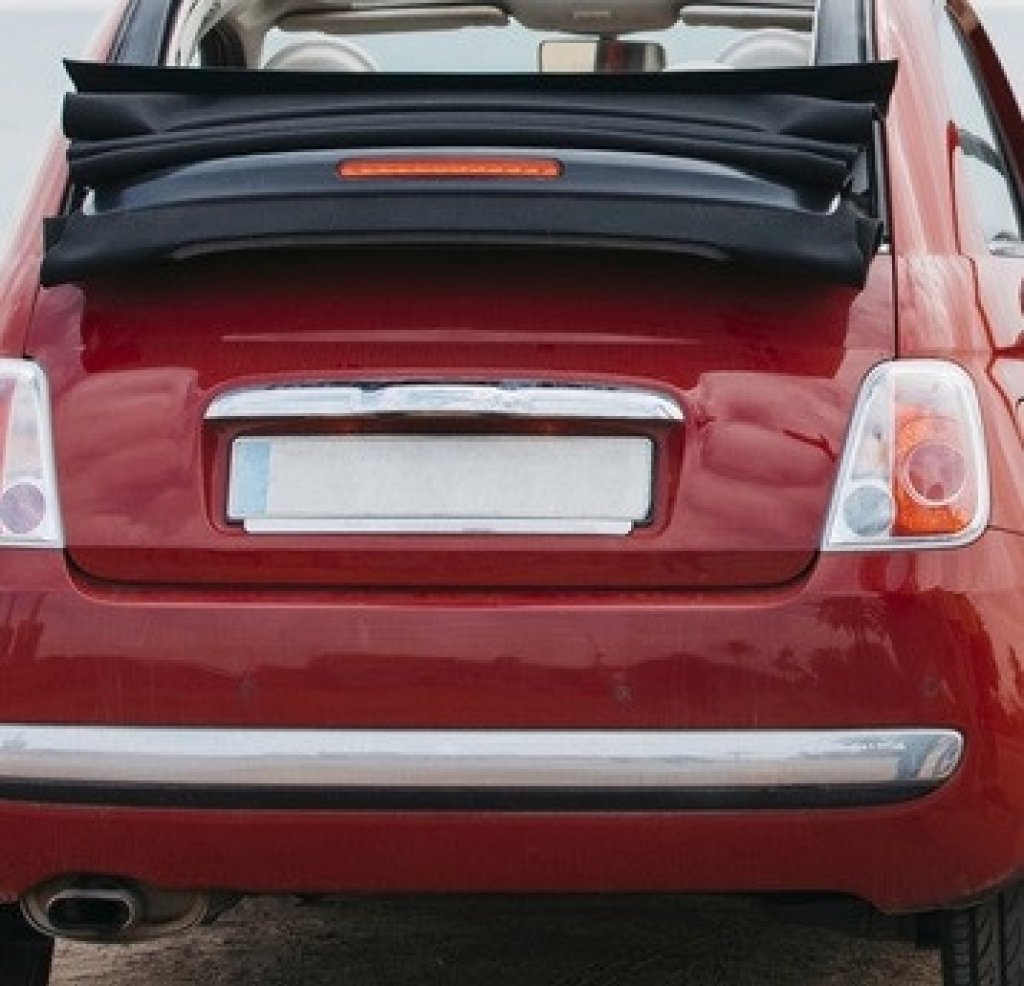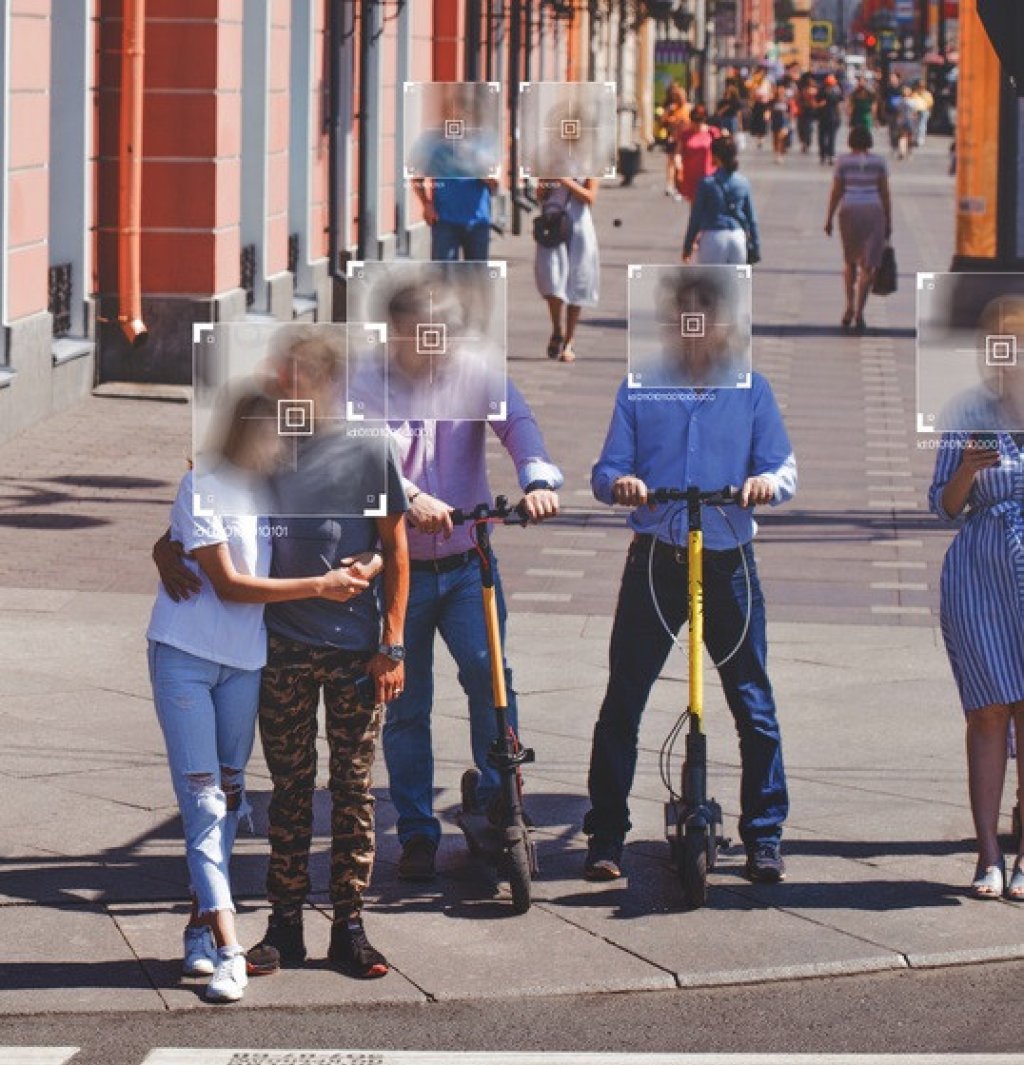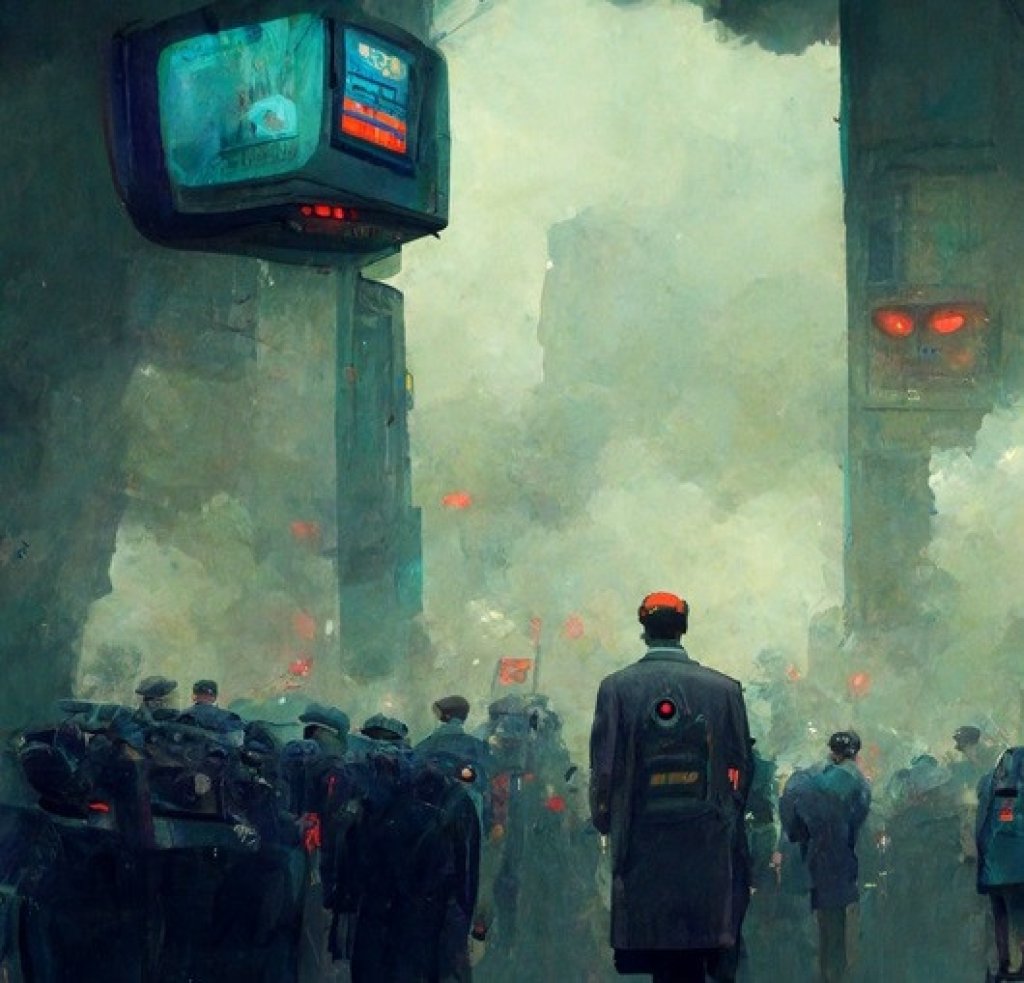Are you looking to redact license plates in your video footage?
Get in touch now to find out more about Facit's Video Redaction software.
License plates should be blurred out in videos when they are shared, because they contain sensitive personal information that can lead to data privacy breaches, or to exploitation by criminals. Automated redaction tools make it possible to blur out large volumes of license plates.
Are you looking to redact licence plates in your video footage? Get In touch now to find out more abut Facit's Video Redaction software
What information do license plates contain?
Looking up someone's number plate can reveal a lot of sensitive information about the vehicle’s owner, such as their name, address, date of birth, vehicle history, photographs, and medical conditions, as well as data associated with any other registered drivers of the vehicle.
Why do people blur license plates in Europe?
Google Maps Street View in Europe blurs people’s faces and vehicle license as part of Google's Street View policy.
In Europe, data is a big priority on the web as people and publishers are concerned about privacy breaches that can lead to fines and censure, or provide information to criminals to carry out burglaries or bribery. License plate blurring also provides a form of protection against stalking and harassment.
License plates are blurred in online photographs and in videos to protect sensitive personal data.
The reason for having vehicle license plates
License plates were first introduced for horse-drawn carriages in the 1890s in France and, after spreading throughout Europe, they were introduced in the United States in New York in 1901.
The original point of vehicle license plates was to identify the owner. License plates have subsequently been linked with road tax, MOTs, insurance, legal, safety and other administrative data.
License plate information has proved to be an effective control mechanism for vehicle owners, road and transport authorities, and governments. Problems arise when license plate information is accessed and used by wrong-doers, and in our digital age it is easier for data to fall into the wrong hands.
Blurring number plates to prevent easy cloning
Number plate cloning, or virtual vehicle theft, is increasing at an alarming rate. Criminals might steal a registration number after committing a crime, or in order to continue to drive without being detected. Lately, a common cause of number license plate theft is to clone number plates that are compliant with low emissions and clean air zones, to avoid fees.
The online car marketplace site heycar revealed how many penalty charge notices (PCNs) are overturned as a result of car cloning.
Latest Transport for London data shows an 857% increase in the number of PCNs being cancelled owing to the car being a clone.
There has been a 631% increase in PCNs being overturned owing to cloning since ULEZ was expanded in October 2021.
heycar’s Consumer Editor Sarah Tooze said: “The true number of cloned cars in London and elsewhere in the UK will be much higher but there are no official, national statistics which are publicly available.”
Vehicle owners and drivers may be unaware that they are a victim of number plate cloning, as license plate cloning is usually a virtual crime. Be suspicious of these tell-tale signs:
You receive fines or PCNs for events that you know did not involve you
Your vehicle documents have disappeared
Your insurer imposes a sanction for an offence that you did not commit
If you suspect that you are a victim of number plate cloning or vehicle identity theft, contact the police as soon as possible and inform the DVLA that you suspect that a criminal has duplicated your number plate.
Who needs to blur licence plates captured on video?
Any data captured on individuals requires protection and compliant handling. Automated number plate recognition (ANPR) is used by a wide number of operations, all of which require a redaction procedure to prevent data breaches.
Police and law enforcement agencies use ANPR to conduct investigations and to track stolen and suspicious vehicles.
Road operators use ANPR to identify and charge drivers on toll roads and in other fee-paying areas.
Parking operators use ANPR to manage parking facility occupancy, safety, fee paying and penalty charges.
Retailers use ANPR to manage their buildings and car parks, and to analyse consumer behaviour.
Insurance companies use ANPR to collect data to support claims investigations and monitor risks in specified localities.
Security companies use ANPR to monitor client premises and to protect client assets.
Local councils and government agencies use ANPR to monitor street safety, monitor traffic, enforce parking rules, and collect data for infrastructure planning and transportation purposes.
Fleet management companies use ANPR to monitor vehicle movements and record incidents, as well as to collect data for route optimisation and cost reduction.
Car rental companies use ANPR to track vehicles and to automate logistics and customer billing.
Critical infrastructure operators such as airports and train stations use ANPR to protect service users and to monitor suspicious activity that could cause harm or disrupt services.
Number plates are blurred to avoid legal proceedings
Publishers blur number plates in order to avoid lawsuits. Films, television programmes, newspapers, magazines and social media publishers pixelate or blur number plates in photographs and video to avoid breaching people’s data privacy rights, and therefore to avoid a lawsuit.
Number plate blurring is a legal requirement to prevent publishers attempting to shame potentially innocent people or from exploiting someone’s celebrity.
Widespread use of automated number plate recognition (ANPR)
In the UK, ANPR is primarily used to detect, deter and disrupt criminal activity. ANPR is used to identify and locate vehicles that have been stolen, to track uninsured vehicles, and to investigate terrorist acts or organised crime.
ANPR can also be used for speed detection, traffic management and electronic toll collection. Other day-to-day examples of ANPR use include monitoring vehicles that drive away from petrol stations without paying.
A history of ANPR reveals that the first ANPR-facilitated arrest took place in the UK in 1981. London implemented the ‘Ring of Steel’ camera network in 1993 in a bid to end a series of terrorist bombings conducted by the IRA. While, in 2003, the first large-scale civic use of ANPR was implemented to manage the London Congestion Charge scheme.
Today, we are probably most aware of ANPR in our day-to-day activity when we use a car park.
Using redaction tools to blur license plates in video
Automated number plate blurring, or pixelation, often provides the most efficient means of protecting data privacy when large numbers of license plates are involved.
Redaction software automatically removes sensitive information from videos and images and is particularly useful for security and traffic cameras operators, and for users of surveillance technology deployed to record public spaces.
By using redaction tools to blur license plates, camera operators ensure that the privacy of individuals is protected, while ensuring that video footage can still be used for its intended purpose.
Why car park operators should blur license plates
Parking management companies record vehicle license plates to track vehicles, to automate payment tickets and exit barriers, and to administer parking enforcement tickets.
However, parking management companies must still account for data privacy concerns and ensure that regulations are followed when sharing data with third parties. Redaction software provides the only practical solution for camera operators dealing with large volumes of video footage containing license plates.
CCTV privacy concerns in car parks
CCTV is commonly used as a security measure in public car parks to deter crime and monitor activity. Data privacy concerns arise from the fact that security cameras capture and record the number plates of every vehicle that enters and exits the car park.
Vehicle information can be stored indefinitely, which raises concerns about the potential for misuse, for example, by insurance companies or law enforcement agencies, who may use it to track an individual's movements.
In summary, car park operators should have clear policies in place to govern how license plate data is collected, stored, and used, as well as to ensure the security stored data. As always with data collection, it is essential to inform people that number plates are being recorded and why, and for what period of time the data will be stored.
When sharing data with third parties, personal data associated with all but the subject of interest must be redacted (blurred or removed). Manual redaction is expensive and unreliable, and completely impractical when dealing with large volumes of data as is the case with license plate recording.
How to blur license plates using redaction software
Facit’s Identity Cloak enables camera operators to blur number plates quickly, automatically and cost-effectively. We would be pleased to explain how we can help you to blur license plates and achieve 100% compliance.




